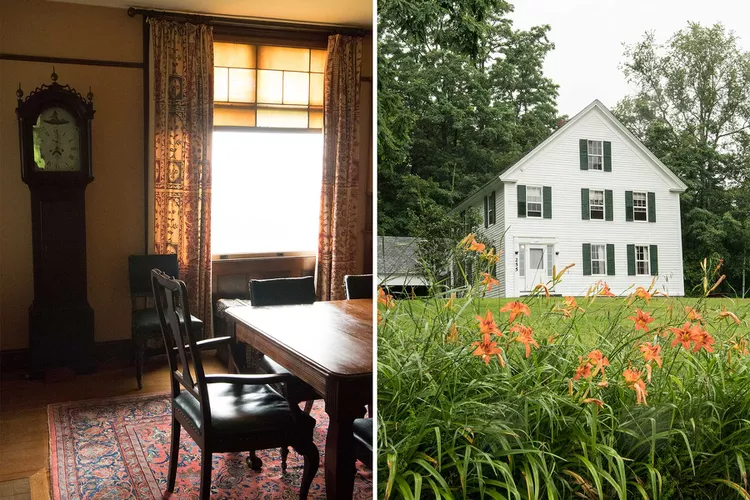Summary
Workshop Experience
At an all-women stone-wall building workshop in Vermont, I discovered a tradition as rich in camaraderie as it is in craftsmanship. Stone walls are often taken for granted until you try to build one yourself. I realized this while attempting to lift a large stone, reminiscent of a small child, five feet off the ground. After a full day dedicated to wall building, my arms were weary despite my unwavering determination.
Historical Significance of Stone Walls
I had no prior experience in constructing a stone wall, nor did I have any inclination to learn. However, after discovering a course offered by the Stone Trust in southern Vermont, I became intrigued. The year was 2021, a time when the country felt unsettled, prompting me to seek a tangible connection to America’s past.
Dry-stone walls, built without mortar, were once common throughout the Northeast. An 1871 Department of Agriculture report recorded about 252,539 miles of stone walls in New England and New York, as noted in Susan Allport’s 2012 book, Sermons in Stone. These walls not only divided fields and enclosed livestock but also delineated property lines, often at the detriment of Native Americans. Although they may appear organic, it took immense human effort to dig up, transport, and assemble these stones, which still grace the landscape today.
Exploring Brattleboro
The workshop was scheduled for a Saturday in July, and my husband, Alex, and I ventured from Brooklyn a few days early to explore the Brattleboro area. The lush hills and forests of the Connecticut River valley were often hidden by relentless rain during our trip. We stayed at the Dutton Farmhouse, a historic Greek Revival building in Dummerston. Constructed around 1845, this four-bedroom farmhouse overlooks beautiful landscapes, including orchards and the distant Mount Monadnock in New Hampshire.
The Stone Trust Center
Along with other properties, the farmhouse is part of Landmark Trust USA, a branch of the larger Landmark Trust in the United Kingdom. Among the notable properties is Naulakha, a Shingle Style house designed by Rudyard Kipling in 1892. Renting Naulakha provides unique opportunities to engage with Kipling’s history, including enjoying his billiard table or playing tennis on a clay court he built.
The Stone Trust Center, where I attended my wall-building course, is situated on Scott Farm. Upon arrival on Saturday morning, I was greeted by sunny weather and beautiful scenery. Inside an old barn transformed into a workshop, I met my classmates, a diverse group including a prop stylist, a landscape designer, and a research lab head from Harvard Medical School. Each of us had personal aspirations for building or repairing stone walls on our properties.
Aftermath and Reflection
The Stone Trust offers numerous courses, including this women’s workshop aimed at inviting new entrants into a field traditionally dominated by men. Our instructors were certified Level 2 dry-stone wallers, showcasing the diversity and depth of knowledge within the community.
Our journey began with essential skills, such as avoiding pinched fingers and understanding how to dismantle existing walls for practice. By the end of our training, we learned vital techniques like “hearting” to stabilize walls and “battering” to ensure proper structure. The experience was both joyful and meditative, filled with a mix of teamwork and a hint of competitive spirit.
During lunch, we explored the Stone Park, which showcased remarkable works from master craftspeople. Although our own constructions were temporary, we took pride in our creations. The following morning, a sense of accomplishment accompanied me as I hiked the nearby Black Mountain Trail. My visit concluded with a sweet treat from Green Mountain Orchards, where I discovered a beautiful 16-foot-high stone wall featuring an incredible moongate, highlighting the work of talented artisans.
This experience transformed my perspective on stone walls, empowering me with knowledge and appreciation for this historical craft. The symbolic nature of the moongate reminded me of the connection between the past and the present, a wonderful culmination of my time spent at the Stone Trust workshop.




